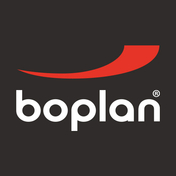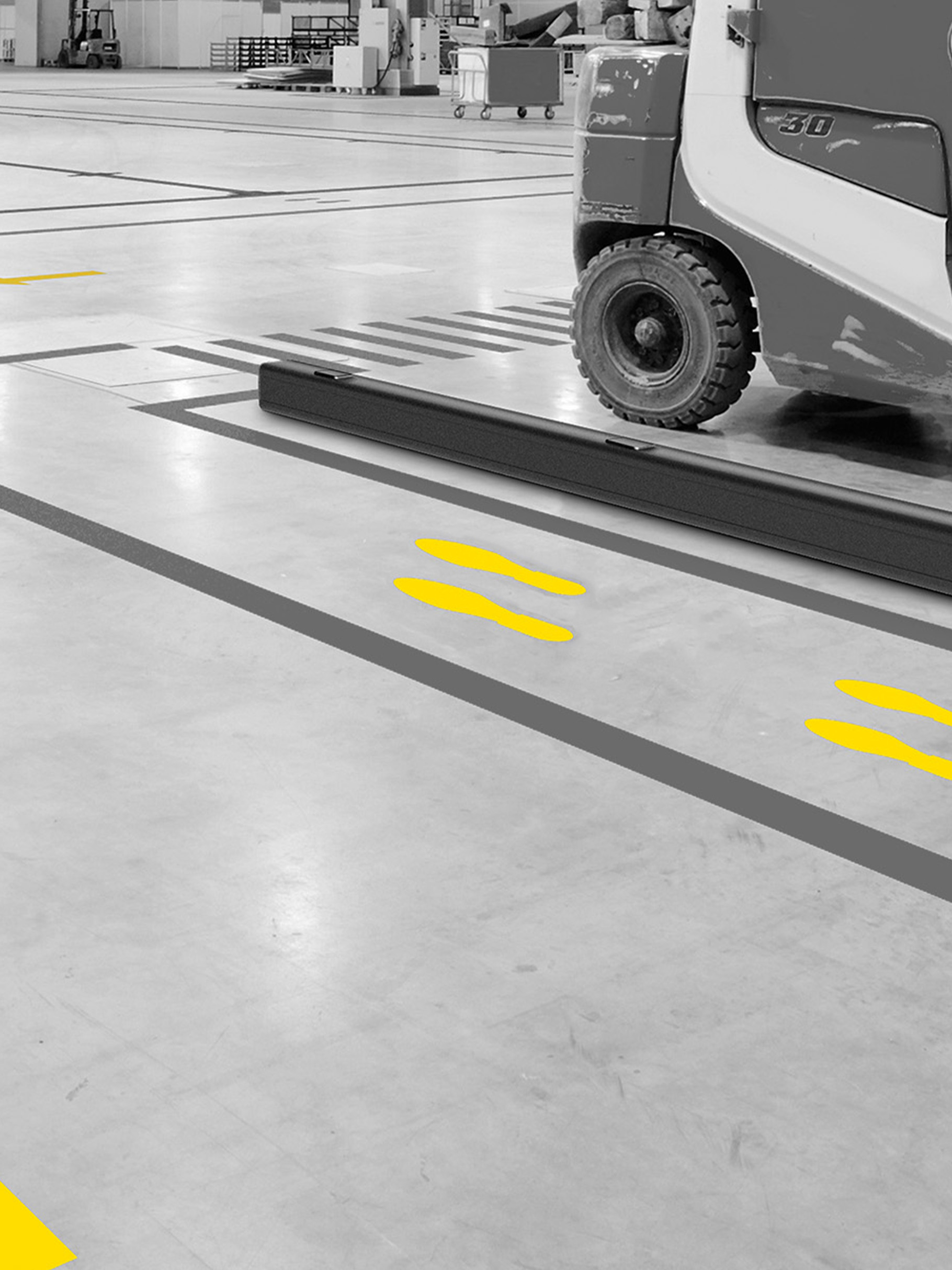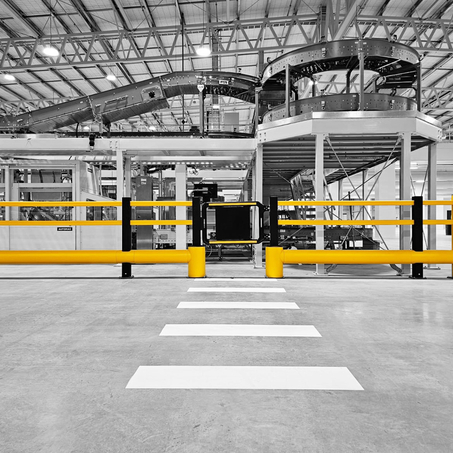How to perform a risk assessment using the fishbone diagram
A risk assessment is the first step towards creating a safe workplace. There are several ways to conduct a risk inventory and evaluation (RI&E), or risk assessment for short. In this article, we look at the fishbone or Ishikawa diagram. Its name comes from its schematic representation in the form of a fishbone.

WHAT IS A FISHBONE DIAGRAM?
The fishbone diagram is a tool used as part of a participatory strategy to identify workplace risks. This allows you to take appropriate action to guarantee health and safety in the workplace.
A risk assessment using the fishbone diagram – also known as the Ishikawa diagram – is similar to the what-if method. Specifically, it is used to carefully analyse all identified risks during a brainstorming session. Rather than simply listing the possible risks and setting out the general safety measures, you start by 'filleting' them one by one.
A FISHBONE DIAGRAM IN THREE STEPS
According to the Ishakawa risk analysis, a fishbone diagram includes each risk along with the factors that affect it as well as how they do so.
Step 1
Identification. What is the specific risk?
Step 2
Determine the factors. What factors are involved? In an industrial environment, the most important factors are environment, vehicles, people and processes.
Step 3
Influence. How can you influence each factor to reduce the risk?

After conducting a risk analysis, the next logical step is to create a traffic plan, i.e. mapping the traffic flows in your workplace and identifying the bottlenecks.

THE VEHICLE
Poorly maintained vehicles have an adverse impact on warehouse safety. No regular checks are made for key vehicle functions such as brakes, lift trucks and warning devices. The forklifts have been in service for a long time and experiencing the effects of time due to intensive use. In addition, their technology no longer meets today's safety regulations.
THE PEOPLE
The operator is either poorly trained or not trained at all. The forklift driver makes a judgment or steering error due to time pressure, inefficiency, or personal distraction. In addition, pedestrians are unaware or have not been informed about hazardous areas and lanes.
THE PROCEDURES
Improper loading methods are used. The ballast loading method is not suitable for the type of vehicle being used or its equipment. The excessive workload also has a negative impact. Under time pressure, workers load more than is permitted within the safety limits.
What are the advantages of using a fishbone diagram?
The primary advantage of using a fishbone diagram for risk assessment purposes is that it helps you to quickly identify all the causes and devise possible solutions.
What are the disadvantages of using a fishbone diagram?
Highly complex problems with multiple causes and relationships may be too difficult to analyse using a fishbone diagram.


